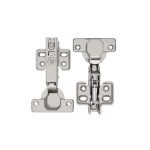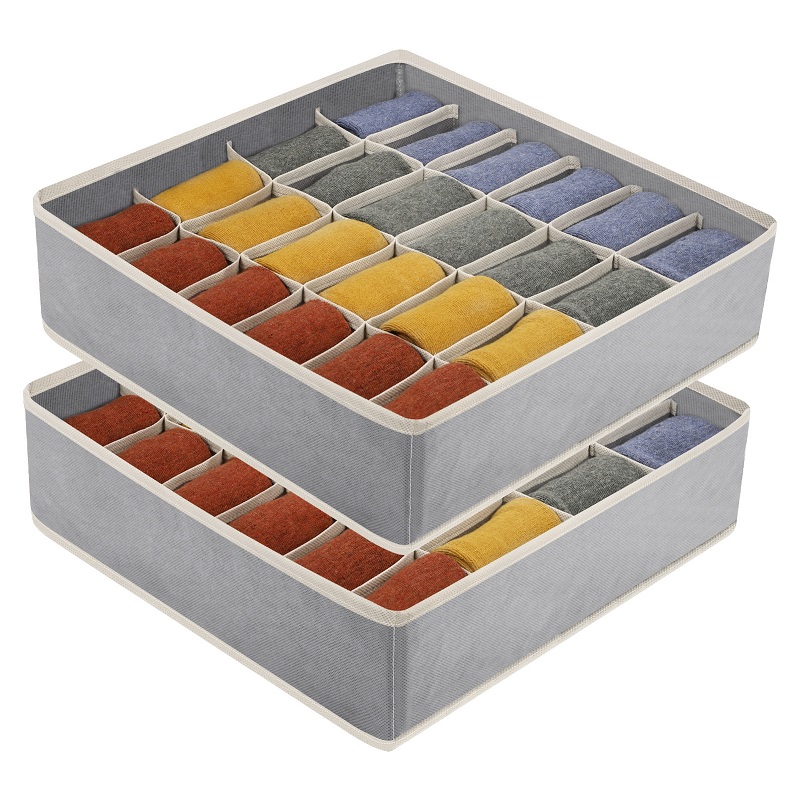Introduction: The Paper Cup Conundrum
In the fast-paced world of convenience and on-the-go lifestyles, paper cups(Japanese:紙 コップ ) have become ubiquitous symbols of modern-day consumption. From coffee shops to office water coolers, these disposable vessels offer a practical solution to our beverage needs. However, their environmental impact has sparked a global conversation on sustainability. This article delves into the world of paper cups, exploring sustainable alternatives and everyday uses that minimize ecological harm while maintaining functionality.
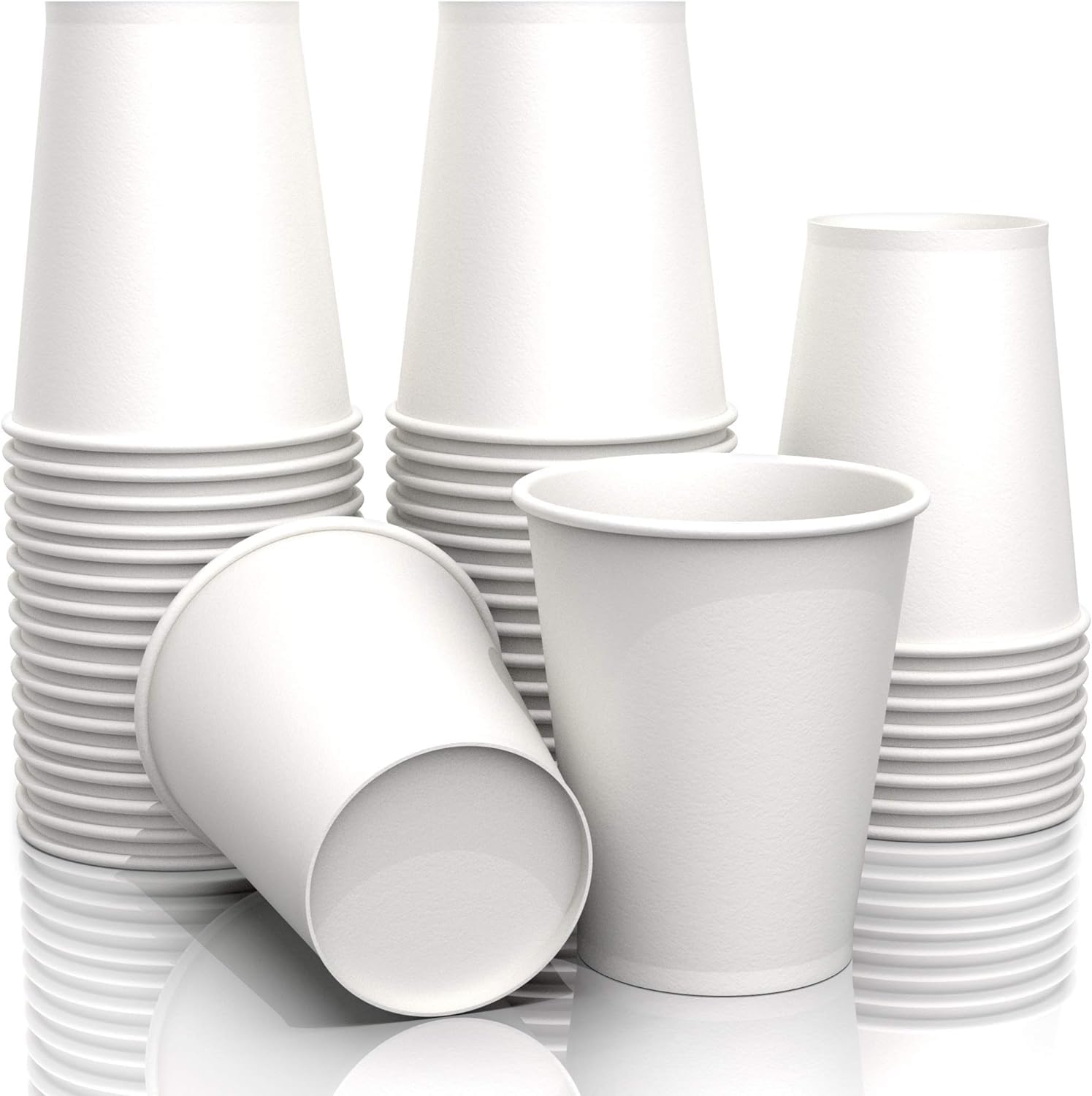
The Environmental Impact of Paper Cups: More Than Meets the Eye
Contrary to popular belief, paper cups are not purely paper. They are typically lined with a thin layer of polyethylene, a plastic resin, to prevent leaks and retain heat or cold. This combination of materials makes them challenging to recycle, as they require specialized facilities capable of separating the paper from the plastic lining. As a result, the majority of used paper cups end up in landfills, where they can take centuries to decompose fully. Furthermore, the production process of paper cups contributes to deforestation, water consumption, and greenhouse gas emissions, highlighting the need for more sustainable options.
Sustainable Alternatives: Breaking the Disposable Habit
One of the most straightforward solutions to mitigate the environmental footprint of paper cups is to encourage the use of reusable alternatives. Reusable cups made from materials like stainless steel, glass, or BPA-free plastic offer durability and can be used countless times. Many coffee chains now incentivize customers to bring their own cups by offering discounts, thereby promoting a culture shift towards reduced waste. Additionally, biodegradable and compostable cups made from plant-based materials such as cornstarch or sugarcane bagasse provide a more eco-friendly option for single-use scenarios, breaking down much faster in commercial composting facilities.
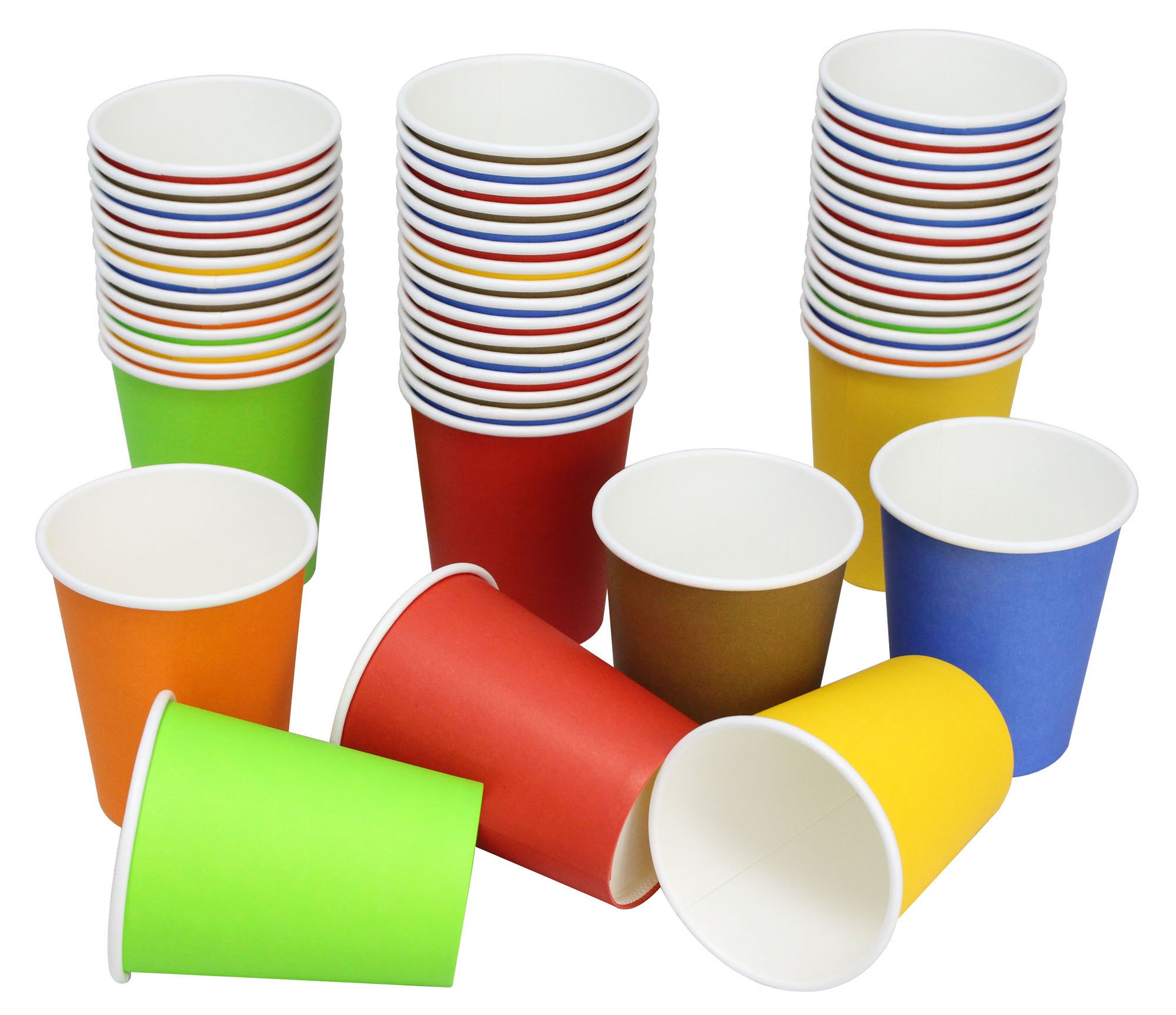
Innovations in Paper Cup Design: A Greener Future
Recognizing the need for change, manufacturers are exploring innovative designs to enhance the sustainability of paper cups. Some are developing new coatings that can replace polyethylene, making cups easier to recycle without compromising performance. Others are focusing on increasing the recycled content in cups or creating cups that can be easily disassembled for more efficient recycling. Moreover, the concept of ‘circular design’ is gaining traction, where cups are designed with end-of-life considerations in mind, ensuring they can be repurposed or returned to the manufacturing process as raw materials.
Everyday Uses: Beyond Beverages
Paper cups, when sustainably sourced and disposed of correctly, can find versatile applications beyond their traditional use for hot beverages. In homes and schools, they serve as mess-free paint cups for art projects or as seed starters for gardening enthusiasts. Their lightweight nature also makes them suitable for organizing small items like stationery or as impromptu measuring cups in the kitchen. Furthermore, in outdoor events or emergency relief efforts, compostable paper cups can be an environmentally conscious choice for distributing food and drinks, minimizing litter and waste.
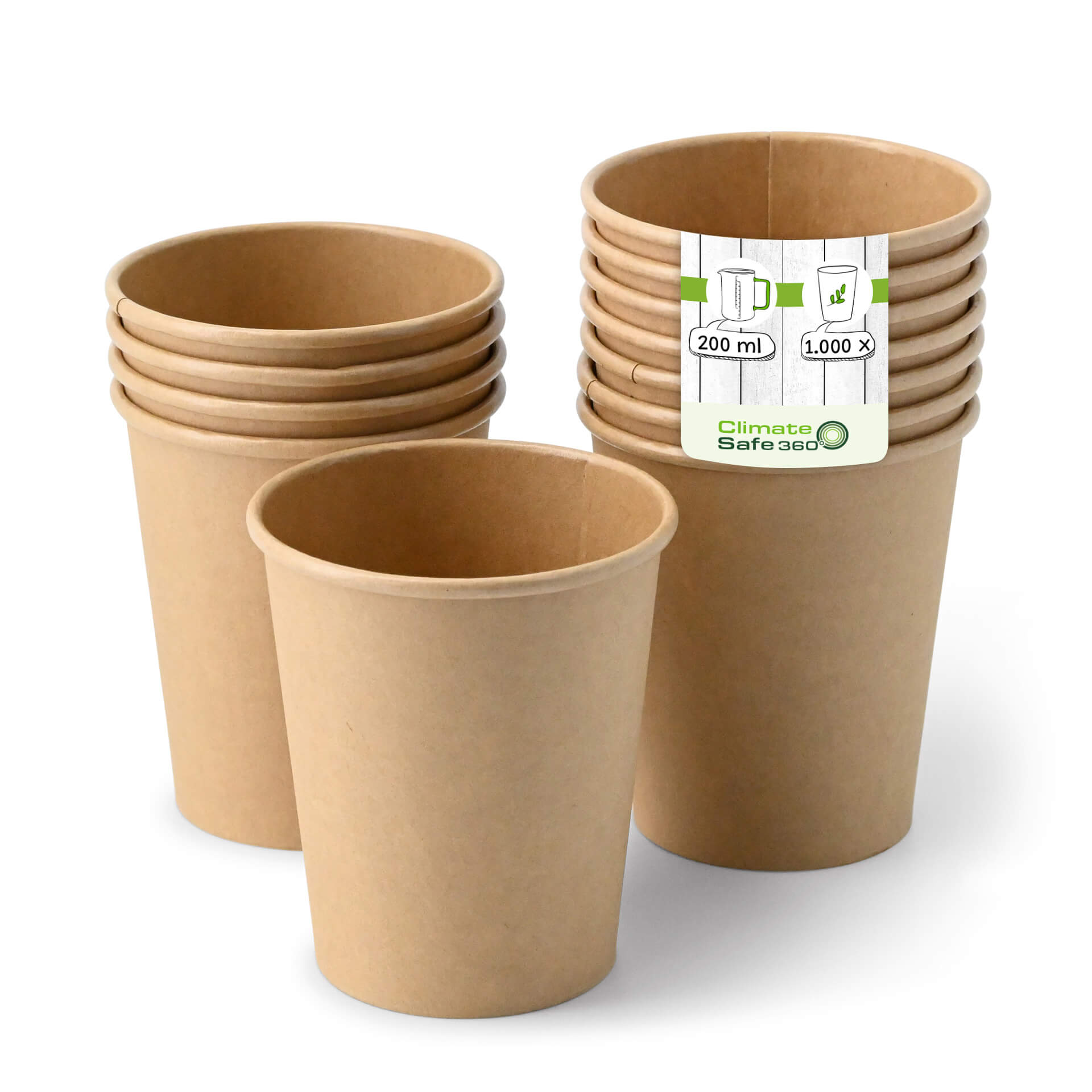
Policy Interventions and Industry Responsibilities
To accelerate the transition towards more sustainable paper cup practices, policy interventions play a crucial role. Governments can introduce legislation mandating higher percentages of recycled content in paper cups, enforce extended producer responsibility (EPR) schemes, or implement taxes on single-use items to discourage their usage. Simultaneously, industries must take proactive steps to improve product design, invest in recycling infrastructure, and educate consumers about responsible disposal. Collaboration between manufacturers, retailers, recyclers, and policymakers is vital to create a circular economy where paper cups are part of a sustainable lifecycle.
Consumer Awareness and Behavior Change
Ultimately, the success of sustainable alternatives and practices relies heavily on consumer awareness and willingness to adopt new behaviors. Raising public consciousness about the environmental impacts of paper cups and promoting the benefits of reusable and compostable options can drive significant change. Social media campaigns, educational programs, and clear labeling on products can all contribute to fostering a culture that prioritizes sustainability. By making informed choices and adopting habits like carrying a reusable cup, individuals can significantly reduce their environmental footprint.

Innovative Business Models and Technology
In addition to design innovations and policy interventions, new business models and technological advancements are emerging to address the sustainability challenges of paper cups. One such model is the implementation of cup deposit schemes, where customers pay a small additional fee for a cup which is refunded upon return, encouraging reuse and reducing waste. This not only incentivizes responsible behavior but also creates a closed-loop system for cup collection and cleaning.
Technological innovations are facilitating better recycling processes. Advanced sorting technologies using artificial intelligence and near-infrared sensors can now more accurately identify and separate paper cups from other waste streams, enhancing the efficiency of the recycling process. Additionally, chemical recycling technologies are being developed to break down used paper cups into their base components, enabling the recovery of high-quality materials for reuse in the production of new cups or other paper products.
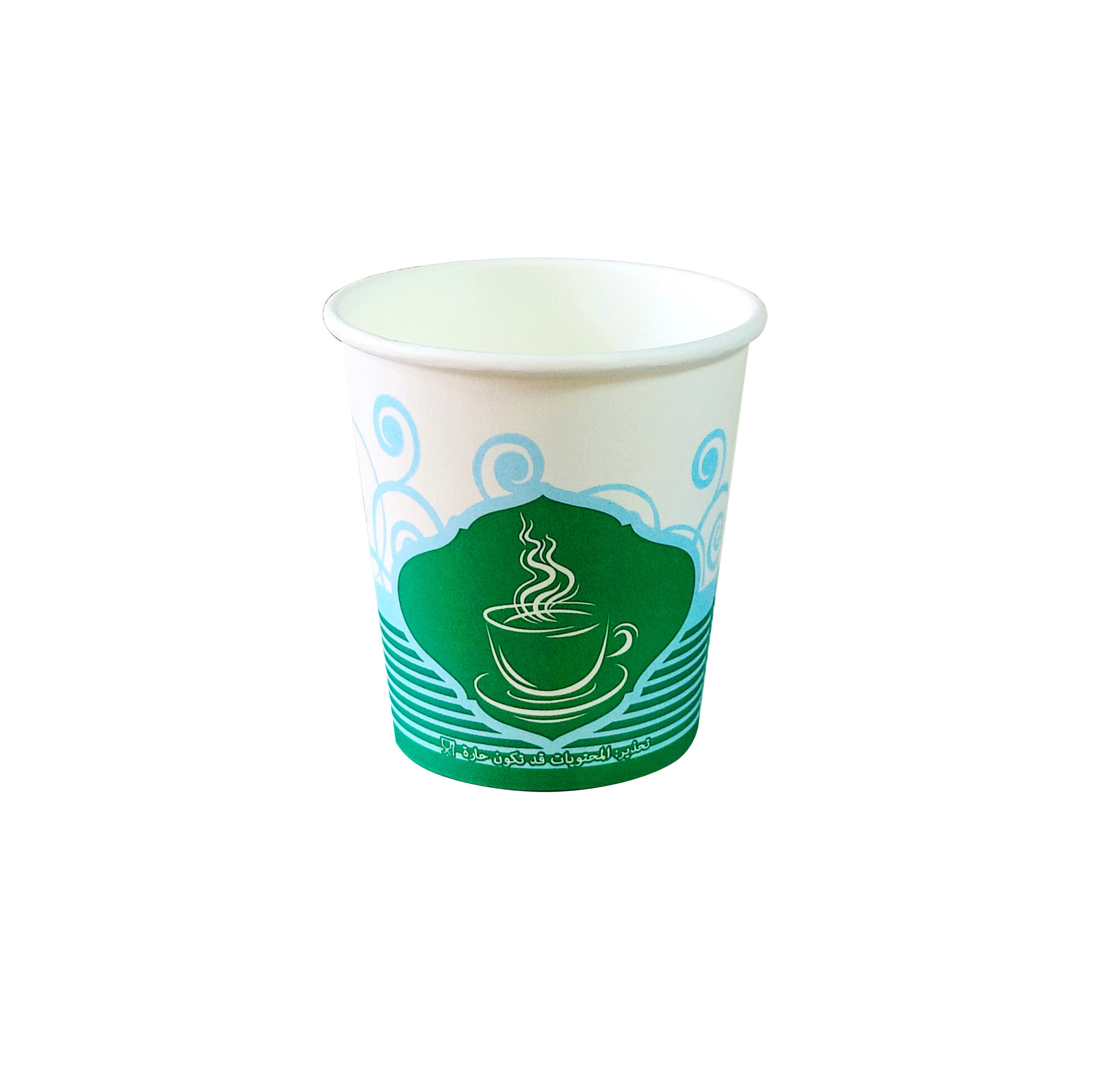
Sustainability Certifications and Standards
To guide consumers and businesses towards eco-friendly options, sustainability certifications and standards have become increasingly important. Certifications like the Forest Stewardship Council (FSC) for responsibly sourced paper and Cradle-to-Cradle certification for products designed for circularity provide assurance of a product’s environmental credentials. Such certifications help consumers make informed decisions and encourage manufacturers to adhere to higher environmental standards in their production processes.
Collaborative Efforts for Wider Impact
Acknowledging that no single entity can tackle the challenge alone, cross-sector collaborations and industry alliances are forming to drive collective action. The NextGen Consortium, for example, brings together leading food and beverage companies to address single-use packaging waste, including paper cups, through a multi-year partnership focused on accelerating the commercialization of sustainable cup solutions.
Conclusion: A Path Towards Sustainable Sipping
Paper cups, once seen as indispensable conveniences, now stand at the forefront of a broader conversation about sustainability and responsible consumption. Through a combination of innovative design, policy interventions, industry responsibility, and individual action, we can transform the way we use and dispose of these ubiquitous items. By embracing reusable and compostable alternatives and encouraging a circular economy, we take a significant step towards mitigating the environmental impact of our daily routines. The future of paper cups is not just about sipping sustainably; it’s about reimagining our relationship with disposability and fostering a world where convenience and conservation coexist harmoniously.





